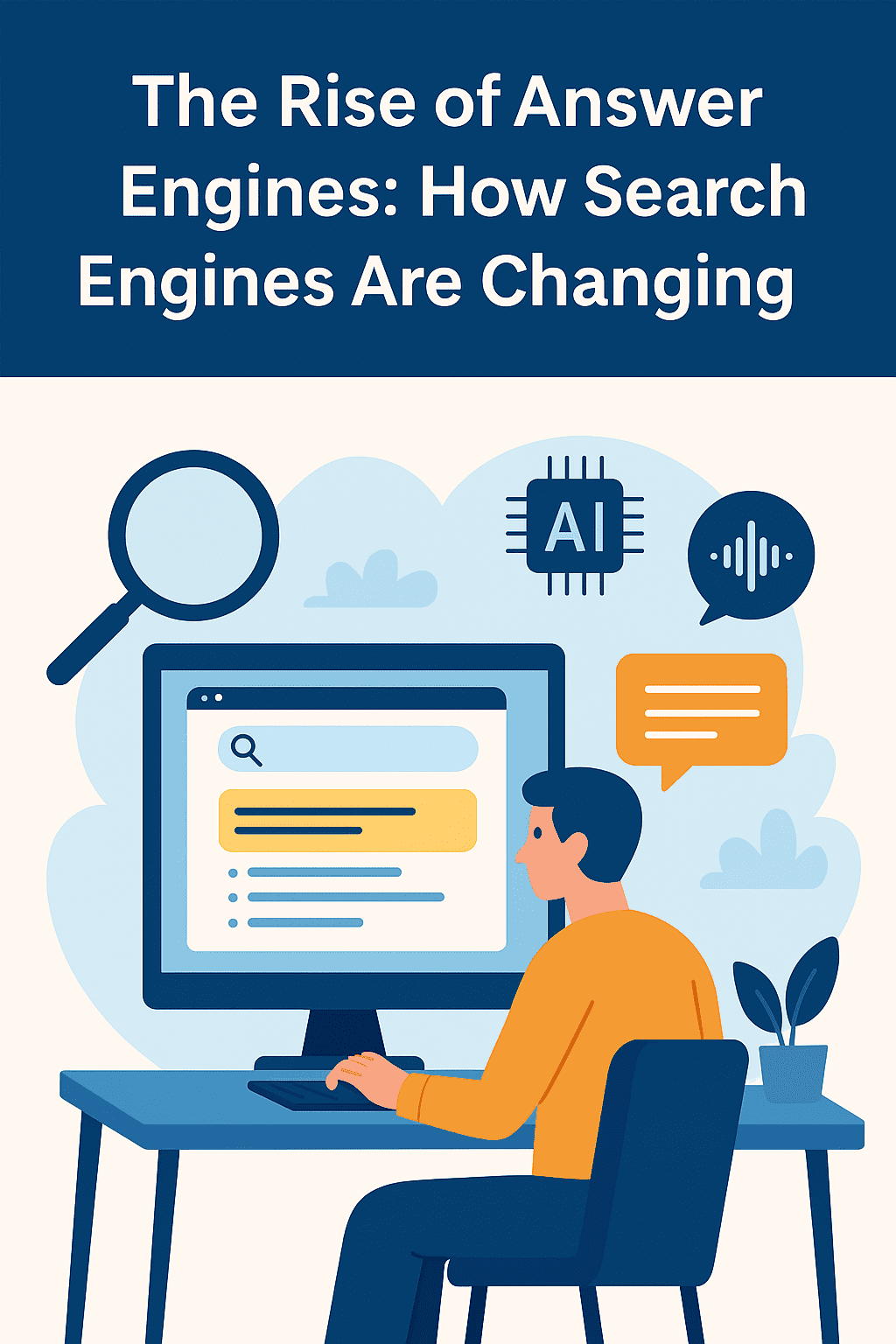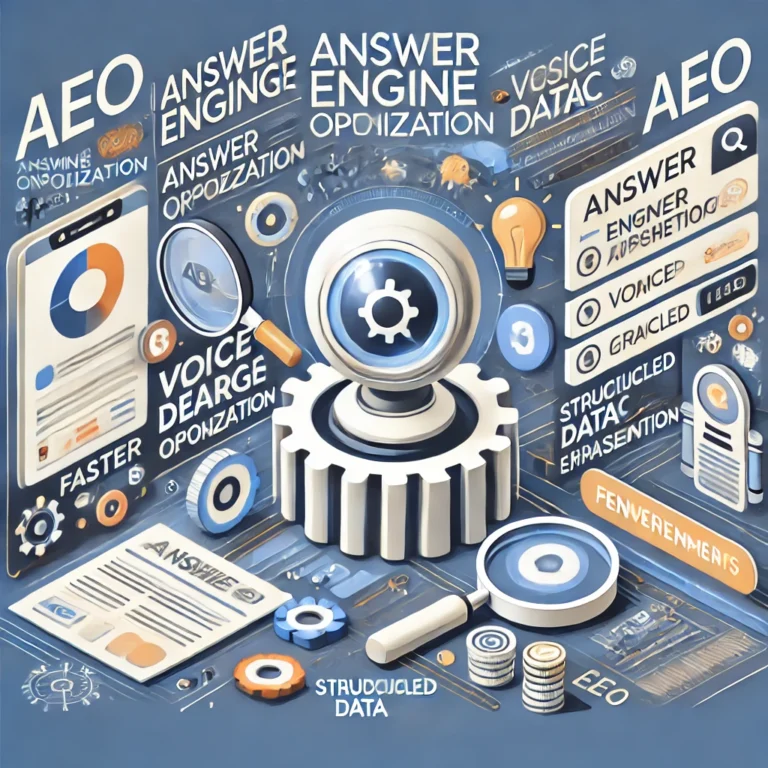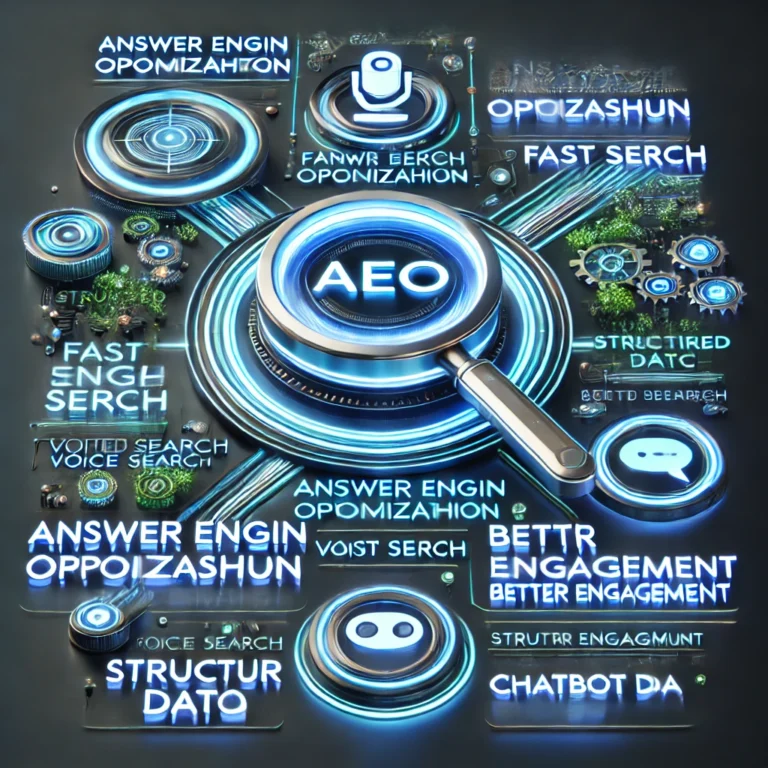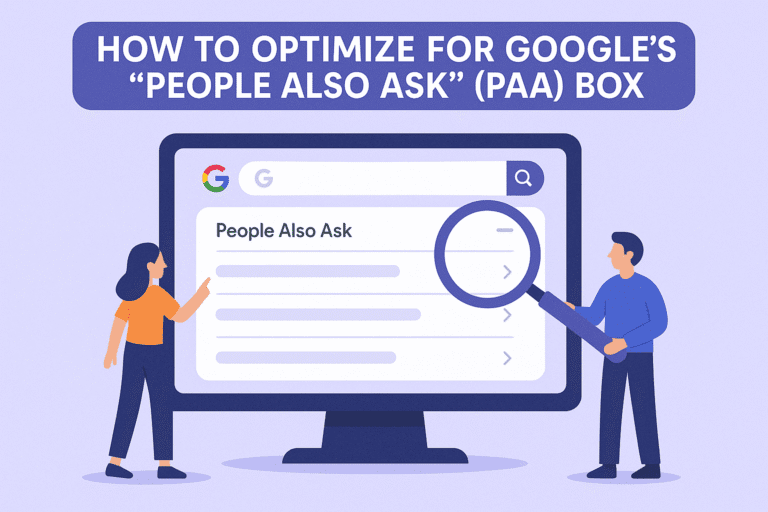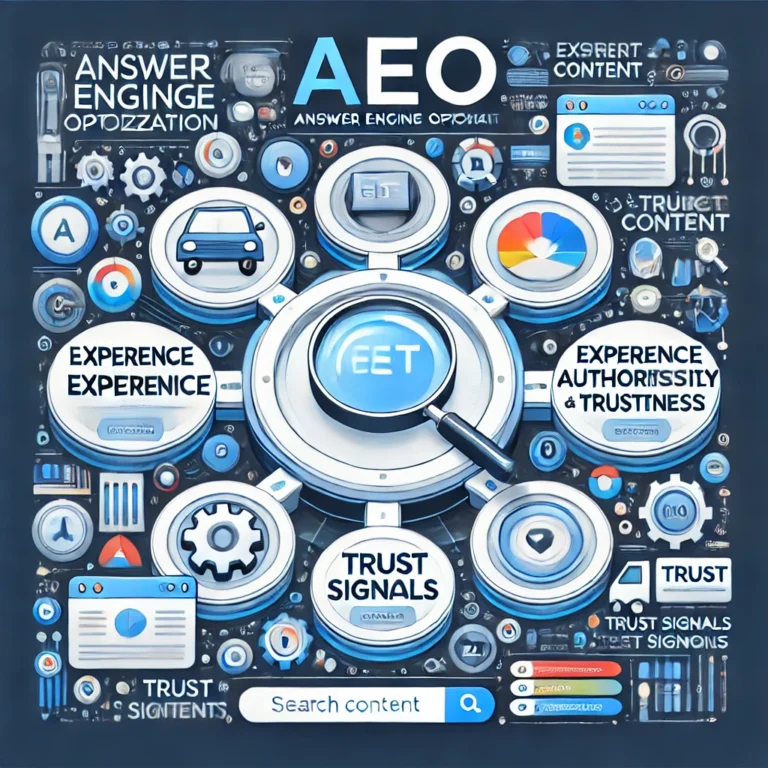The Rise of Answer Engines: How Search Engines Are Changing
The way we search online is changing dramatically. For decades, Google and Bing search engines provided a list of blue text links for users based on specific keywords. Recently, however, we have seen the rise of another model: Answer Engines.
Unlike standard search engines, these more sophisticated systems aim to provide conversational and direct responses rather than pages of web content. With the emergence of voice search, AI chatbots, and advanced algorithms, Answer Engine Optimization (AEO) is now the new hotspot for SEO specialists.
So, how are answer engines modifying search as we know it? Let’s examine that while also considering how you could stay a step ahead.
What Are Answer Engines?
Answer engines are systems that interpret and process queries in everyday spoken language to provide precise answers. Instead of relying on matching keywords to queries, answer engines operate based on context, intent, and semantics.
Some relevant examples are:
- Google Featured Snippets
- Bing AI Chat-Powered Search
- AI Chatbots like ChatGPT, Perplexity, etc.
- Voice Assistants like Siri, Alexa, and Google Assistant
These answer an asker’s question directly and instantly without the need to visit any website.
What Are The Factors Contributing To The Growth Of Answer Engines?
Several reasons for these changes are noteworthy:
- Voice Search & Mobile Usage:
Users prefer voice assistants for performing tasks like “How do I replace a punctured car tire?” because they leverage more natural language. - User Expectations:
Answers are summarized briefly while providing instant responses, unlike in the previous days when users had to go through endless lists of websites. - AI & NLP Advancements:
Advanced NLP AI technologies can determine questions’ underlying intent and provide enhanced answers. - Google’s Evolving Algorithms:
Google prioritizes helpful and quality content, which always aligns with AEO practices, especially after the BERT and MUM updates.
What Is AEO (Answer Engine Optimization)?
Answer Engine Optimization (AEO) is the practice of designing and thinking about content so that it is easier for search engines to obtain direct replies.
This is based on ZMO principles, and it succeeded in SEO. The AEO buzzword focuses on mighty pillars, with the intent being keyword-level analysis, structuring content in Q&A methods, schema markup and data, and providing trustful summaries.
AEO does not focus solely on providing egregious values for search engines and users but rather on providing appreciated and trustable streamlined information.
How Search Engines Are Evolving
In this section, we’ll examine how the shift towards answer-based engines impacts this.
Reduction in User Clicks While Zero-Click Searches Are Rising
As answer engines become more sophisticated, users receive the information they seek directly on the search engine Results Page (SERP), which further disincentivizes clicking. Websites now have to try to be the ones giving these answers.
Newer Criteria For Ranking
Manual backlinks and keywords remain relevant, but more and more attention is directed towards users’ trust, clarity of content, and topical authority.
Voice, Image, and Other Forms of Search Compiled Together
The multimodal paradigm changes how information and content should be presented to be optimally available and detected by users.
Growing Demand for AI Assistants
Unlike traditional search engines, whether we like it or not, services like ChatGPT or Google Bard mean that people use AI to get answers and content. This further complicates the traditional methods of distributing content.
Best Practices for Answer Engines Optimization
Here are simple ways to optimize answer engines based on the engine’s structure:
- Segmented clearly by an informative header, page subheaders, and their assigned H tags such as H1, H2, H3, etc.
- Ensure that all your pages include sections on frequently asked questions.
- Use bullets and other numbered formatting to present information for simplicity.
- Focus on meeting long-tail queries, including keywords and phrases.
- Use schema, particularly markups deemed as FAQ, HowTo, and Article.
- Make every attempt to include direct and succinct answers, ideally under 50 words for snippets.
- Emphasize topical depth rather than scope.
Final Thoughts
The advent of answer engines represents a profound change in content discovery and consumption methods. As AI technology evolves, businesses and creators must refine their strategies to maintain relevance.
AEO is a crucial and growing factor in search visibility, demonstrating the need for adjusting modern methods to achieve visibility beyond traditional strategies. AEO isn’t simply a term—it’s an imminent reality. To ensure high performance in the new system, adapting swiftly, moving beyond keywords, and prioritizing definitive value in response content is vital.
